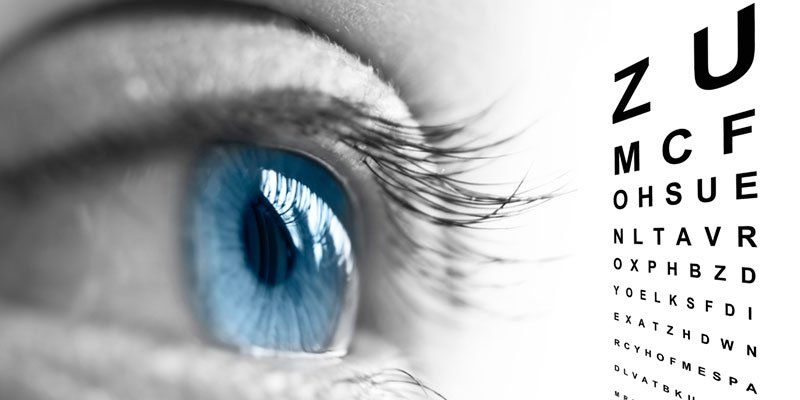
Some common misconceptions
For our first blog, I want to clear up some common misconceptions that tend to float around concerning eye care.
Q: Why do I ‘have’ to see an eye doctor every two years?
A: There are a lot of things an eye care professional can detect during an eye exam. Diabetes, glaucoma, early stage macular degeneration is but a few. Since the eyes do not have pain receptors, there is very little to let us know there are issues going on.
Diabetes is detectable due to changes in the structure of the eyes as it effects tissue and blood vessels. Did you know that when we look at the back of the eyes, we can tell if you have high blood pressure? Almost all of these can be addressed and treated or referred out during your appointment time. If caught early, these can be treated and monitored.
The two-year exam review is how we can keep your eyes in good health. And sometimes doctors will want you back yearly. This is most often because they are monitoring you for changes such as cataracts or glaucoma.
Q: I just got my new prescription; do I have to buy from my doctor?
A: Just as a prescription from your primary care physician, you are free to go wherever you wish to fill it.
Most optical shops at your doctor’s office can be limited in space and selection. A quick google search can direct you to locations that specialize in wide ranges of styles and colors. They can also help with first time progressive wearers, safety glasses for work or play as well as many specialized activities like sports as well as specialty lenses for computer use, after cataract surgery and some forms of migraines to name a few.
You only have one pair of eyes, take care of them!
